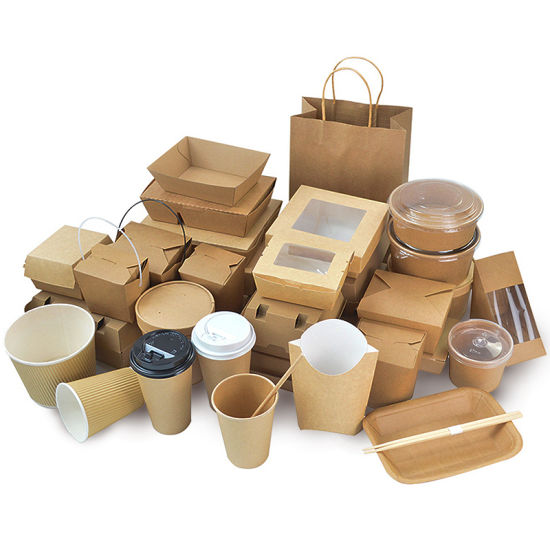In today's fast-paced world, packaging plays a crucial role in product presentation, protection, and sustainability. With an array of packaging materials available, businesses face the challenge of selecting the ideal material that meets their specific requirements. In this blog post, we will explore the key factors to consider when choosing the perfect packaging material and delve into the various options available in the market.
- Understanding the Requirements:
Before delving into the world of packaging materials, it is essential to identify the specific needs of your product. Consider factors such as product fragility, weight, perishability, and environmental impact. By understanding these requirements, you can narrow down the options and make an informed decision. - The Versatility of Cardboard:
Cardboard, a widely used packaging material, offers a multitude of benefits. Its versatility allows for customization, making it suitable for various industries. Cardboard is lightweight, cost-effective, and recyclable, making it an environmentally friendly choice. Additionally, it provides excellent protection against impact and can be easily printed with branding and product information. - The Strength of Corrugated Fiberboard:
When it comes to durability and strength, corrugated fiberboard stands out. Composed of multiple layers, it offers enhanced protection for fragile or heavy products during transportation. Corrugated fiberboard is also recyclable and can be reused, reducing environmental impact. Its versatility and cost-effectiveness make it a popular choice for industries such as e-commerce, electronics, and food. - The Resilience of Plastic:
Plastic packaging materials, such as polyethylene (PE) and polypropylene (PP), provide exceptional durability and resistance to moisture, chemicals, and temperature variations. They are commonly used for products that require airtight sealing, such as food and pharmaceuticals. However, it is important to consider the environmental impact of plastic packaging and explore sustainable alternatives, such as biodegradable or compostable plastics. - Sustainable Alternatives:
In recent years, the demand for sustainable packaging materials has grown significantly. Materials like biodegradable plastics, molded pulp, and compostable materials offer eco-friendly alternatives to traditional packaging. These materials are derived from renewable resources and can be easily decomposed, reducing waste and environmental pollution. Businesses should consider the long-term sustainability goals and consumer preferences when selecting packaging materials.
Conclusion:
Selecting the ideal packaging material involves a careful evaluation of product requirements, durability, environmental impact, and cost-effectiveness. Cardboard, corrugated fiberboard, plastic, and sustainable alternatives each have their unique advantages and applications. By understanding these options and considering the specific needs of your product, you can make an informed decision that aligns with your business goals and contributes to a sustainable future.

